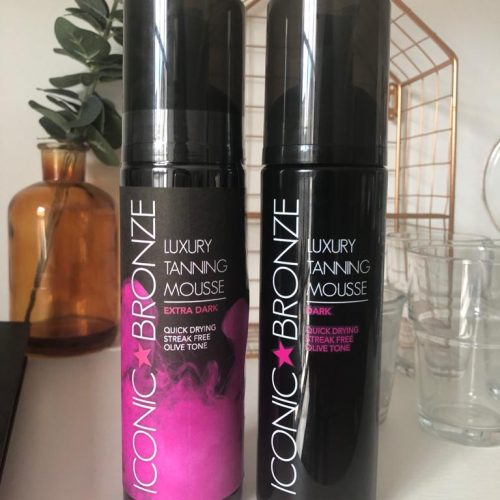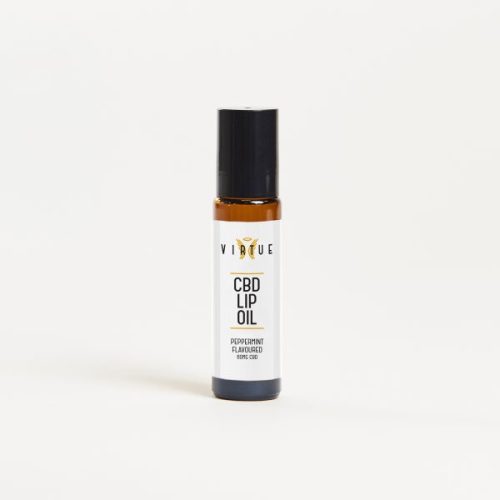Labelservice are experienced suppliers of labels for healthcare and herbal products such as medicines, tablets, oils and pure herbs. All of our labels are printed fully bespoke to your exact specifications on a range of materials including white and clear PP, PE and vinyls. For protection or for aesthetic reasons they can be finished with matt, satin or gloss varnishes or laminations. Additional features can include gold or silver foil effects, embossing, fragranced inks, and raised tactile print.
The latest digital technology can also offer full colour metallic effect printing, which is an extremely cost effective method of producing stunning, eye catching product labels.
If space is at a premium we can also offer long or short run, multi sort peel and reveal labels.
Please contact us for further information or examples of our work.
Health and Herbal Labels FAQs
Labels for health and products are required to have the product name, a complete list of ingredients, and clear storage instructions. The label must provide the manufacturer’s name and contact details the product’s expiry date, and a batch number for traceability. Any products that have health claims must have supporting evidence and should be approved by regulatory bodies. Equally important are any warnings about allergies, side effects, or interactions with other substances.
The most common printing methods for health labels include flexographic printing, which can be used to print on most materials and has high-cost effectiveness for large volume runs. Digital printing is another popular option, usually for smaller batches or customised labels – for high quality and fast turnaround. Offset printing can be precise and is great for designs that need sharp and detailed images.
Designing labels for healthcare products requires balancing out eye catching design features while also granting enough space for important information like ingredient lists, dosage instructions, and health claims plus evidence. It’s also important to consider things like durability, depending on where your product will be used.
Labels on healthcare products can be made of various face papers and materials. The most commonly used face papers are coated papers (smoother surface, better quality printing, and improved legibility). Gloss and semi-gloss papers can produce sharp, vibrant images and text and matte papers offer a non-reflective surface that reduces glare and helps with readability.
Synthetic papers, like polypropylene or polyethylene have excellent resistance to moisture, chemicals, and tearing.
There is a large variety of embellishment and finishing options that can be used on healthcare and herbal product labels. Embossing gives the label a raised design and adds a tactile sensation that customers may enjoy. Metallic foil (usually gold or silver) can be applied to parts of the labels, which adds a bit of sophistication and convey an appearance of luxury and high quality.
Fragrances and scents can be added to a label to add more sensory elements to the design, which can be a good touch for herbal products – this can create associations in the customers mind with different smells and reinforces the aromatic qualities of a product.
Scratch off areas can bring an interactive element to a label. These can be used to reveal more information about the product, bring attention to special offers, or be used for authentication codes. Helping drive customer engagement and giving an edge to your product over competitors.
Health and herbal labels are regulated in the UK by the Medicines and Healthcare products Regulatory Agency (MHRA). The MHRA controls safety standards for medicines, medical devices, and blood components for transfusion. For any food supplements and herbal products that do not have claims to treat or prevent diseases the Food Standards Agency (FSA) oversees the labelling. The Advertising Standards Authority (ASA) monitors the marketing and advertising of these products to ensure that all claims are accurate and substantiated.









